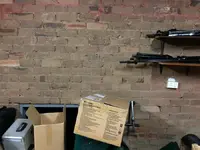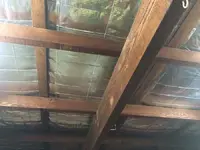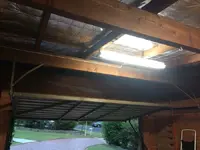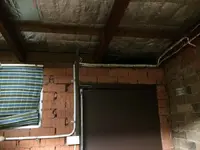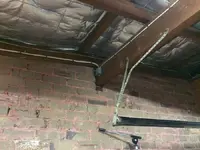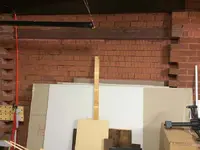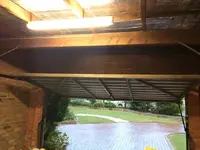T
troutstudio
New member
Hi all. I am making an open plan room out of the double garage attached to my house. I have attached a picture of the wall which adjoins the lounge. I'm guessing I need to fill all the gaps and then move on to framing. However, there is no ceiling - should I do the walls or the ceiling first? For the ceiling I think I will need metal channel. But for the walls (which have no joists) I am hoping to attempt to put the sheeting up in a minimal, but floating way. Haven't figured out what I can do there but putting up metal framing sounds expensive. Has anyone else started with a brick wall? Thanks.

